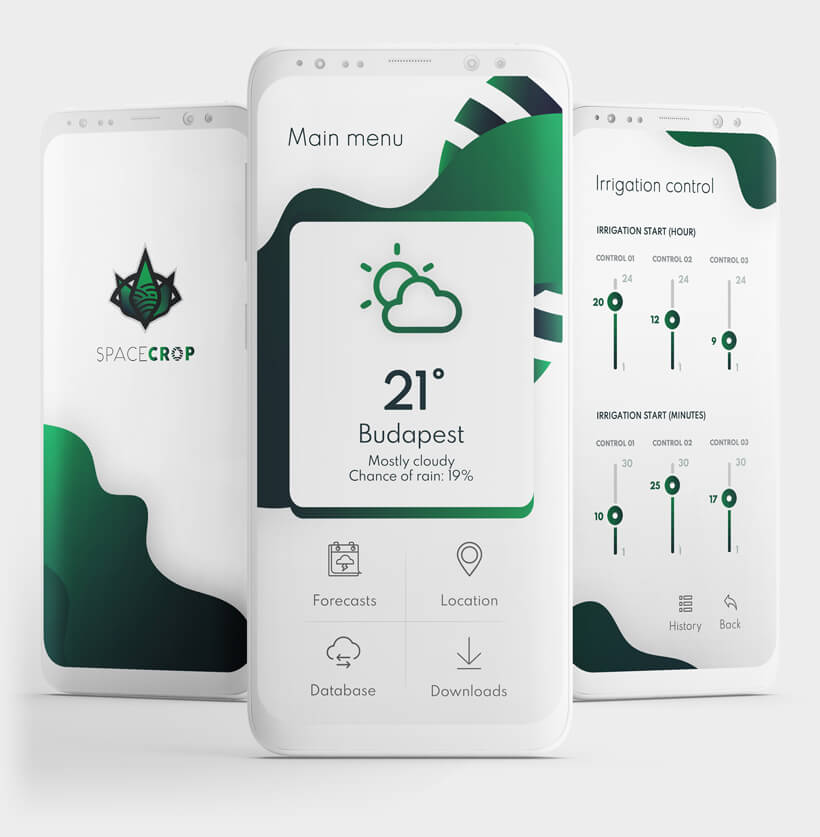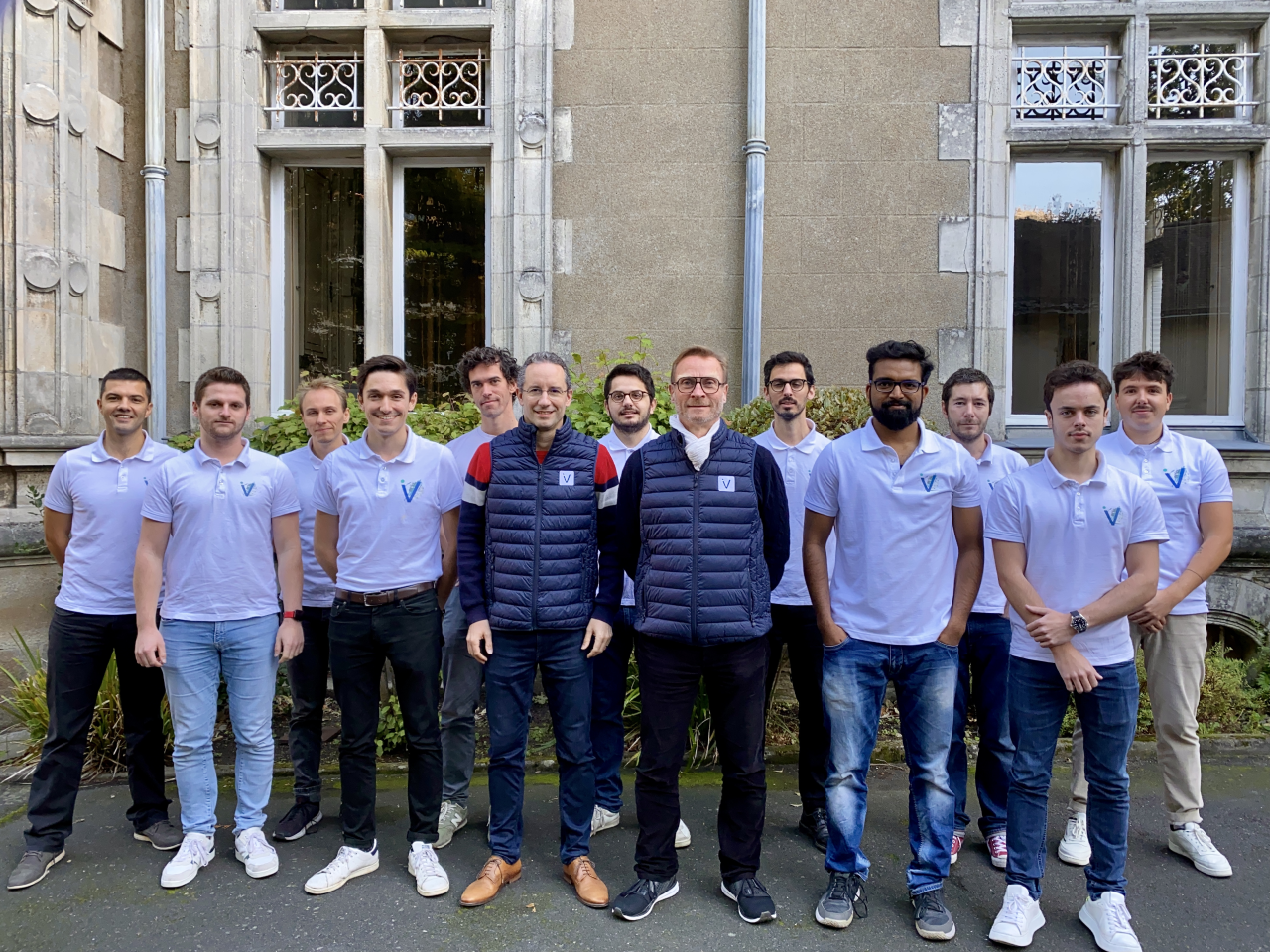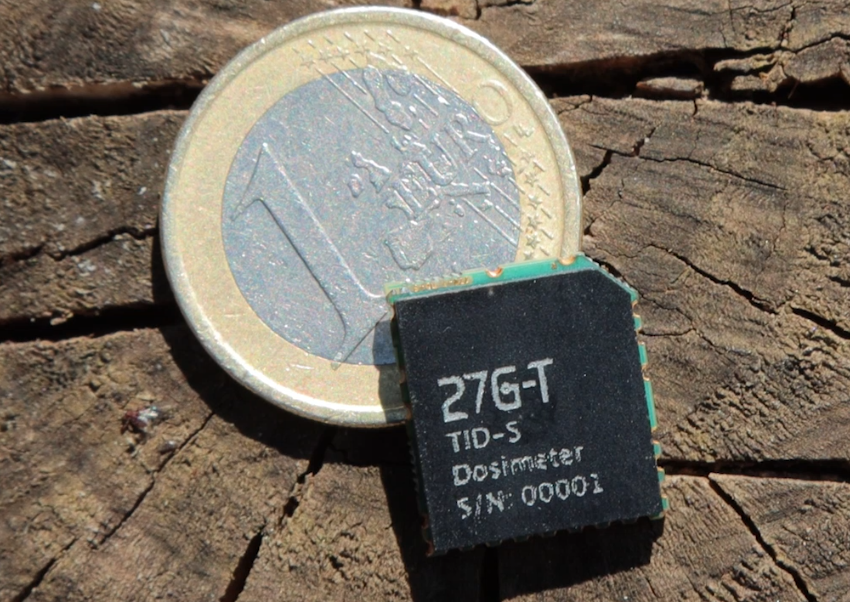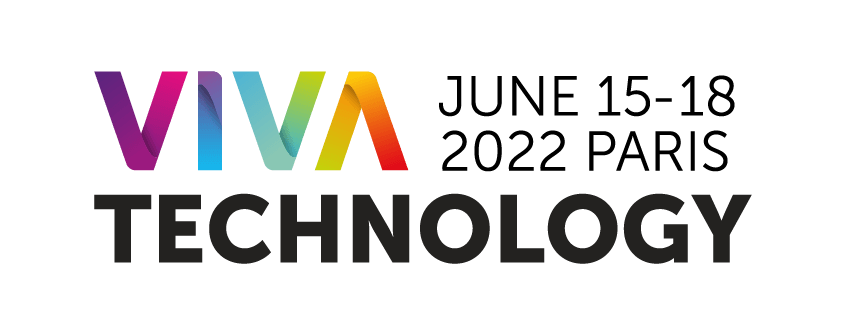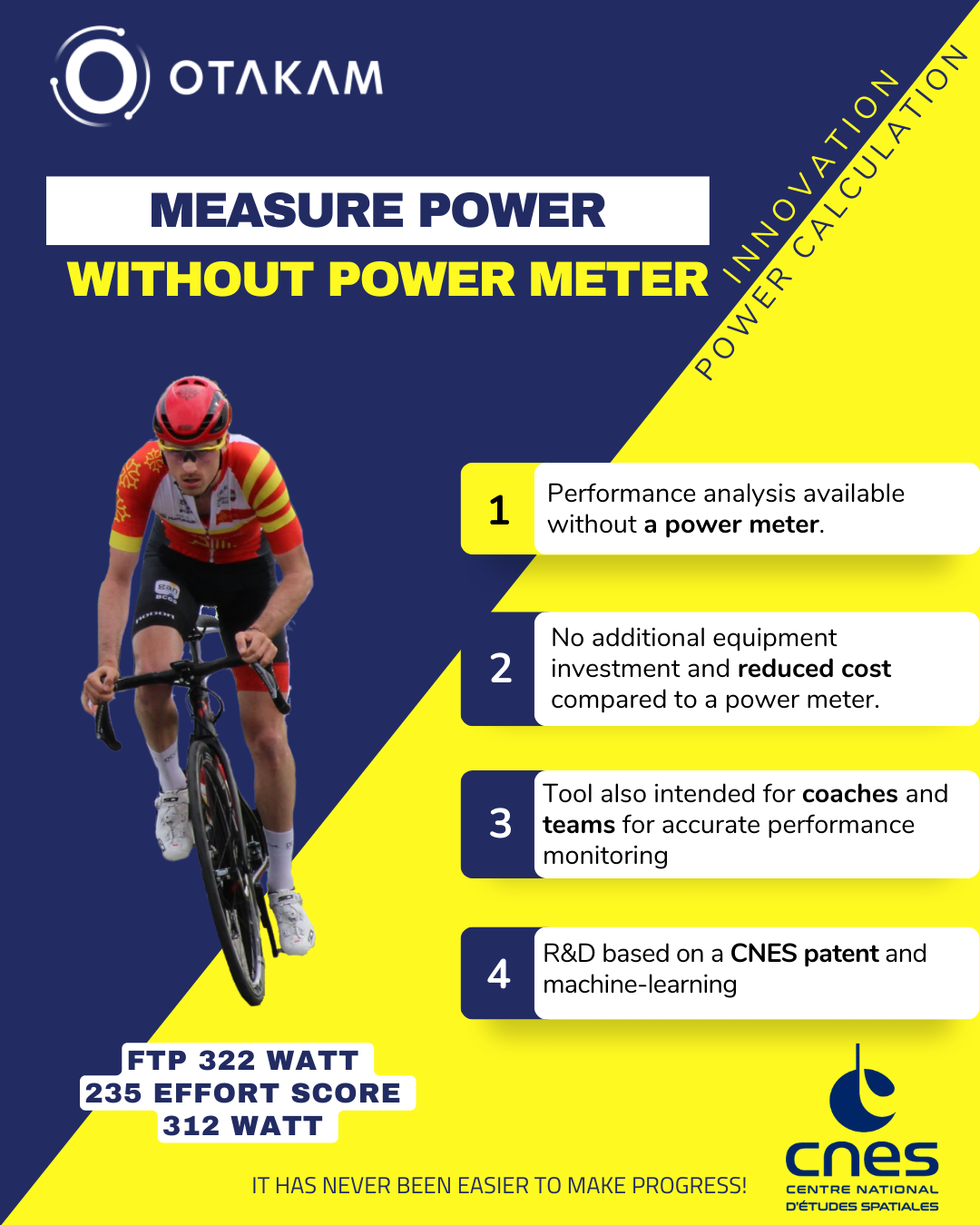A new approach to Parkinson’s Disease’s treatment uses GNSS (Global Navigation Satellite System) to track the patients’ movement and provide continuous support to patients.
Kinetikos was created in 2015 and incubated at Instituto Pedro Nunes (IPN) in 2018, in the ESA BIC programme. IPN has an ESA Space Solutions Centre and was the first among the 22 other European ESA centres to host within the same entity the three areas promoting downstream businesses: ESA Business Incubation Centres, ESA Technology Broker Network and ESA Business Applications Ambassadors.
Kinetikos is the first company to present a solution that fully covers movement data of patients with Parkinson’s Disease (PD). Usually, in movement disorders, the common practice revolves around observational diagnosis and patient diaries, but lacks in keeping track of the patients’ day-to-day movement activity. Kinetikos’s solutions – the PDtraKer – is a mobile application that continuously records smartphone sensors’ data and analyses for PD-related symptoms. The results are then pushed to the neurologist allowing him to make informed decisions and communicate them in real-time to the patient. This allows to evaluate the disease’s evolution and medication efficiency remotely.
In 2019 and 2020, Kinetikos performed a clinical trial to provide evidence of PDtraKer’s clinical effectiveness and cost-utility. This clinical trial was successful and showed that the PDtraKer is a feasible solution, matching standard PD in-office assessments, where more than 90% of participants showed medium to high adherence to the PDtraKer’s measures.
In order to address the unique challenges posed by PD therapy and care, Kinetikos developed an integrated solution: CliniK, a web-based portal for clinicians’ objective clinical assessments, addressing a wider range of factors affecting people living with PD; PDtraKer, a mobile-based extension of CliniK filling the gap between infrequent clinical examinations that do not capture the day-to-day variations of the illness.


Fig. 1 – Clinik: a) Evaluation page; b) Patient clinical data summary. c) Dashboard

Fig. 2 – PDtraKer (English version): a) Login screen; b) the main menu, with easy access to all the menus and with an interactive reminder; c) Chat; d) interactive test.
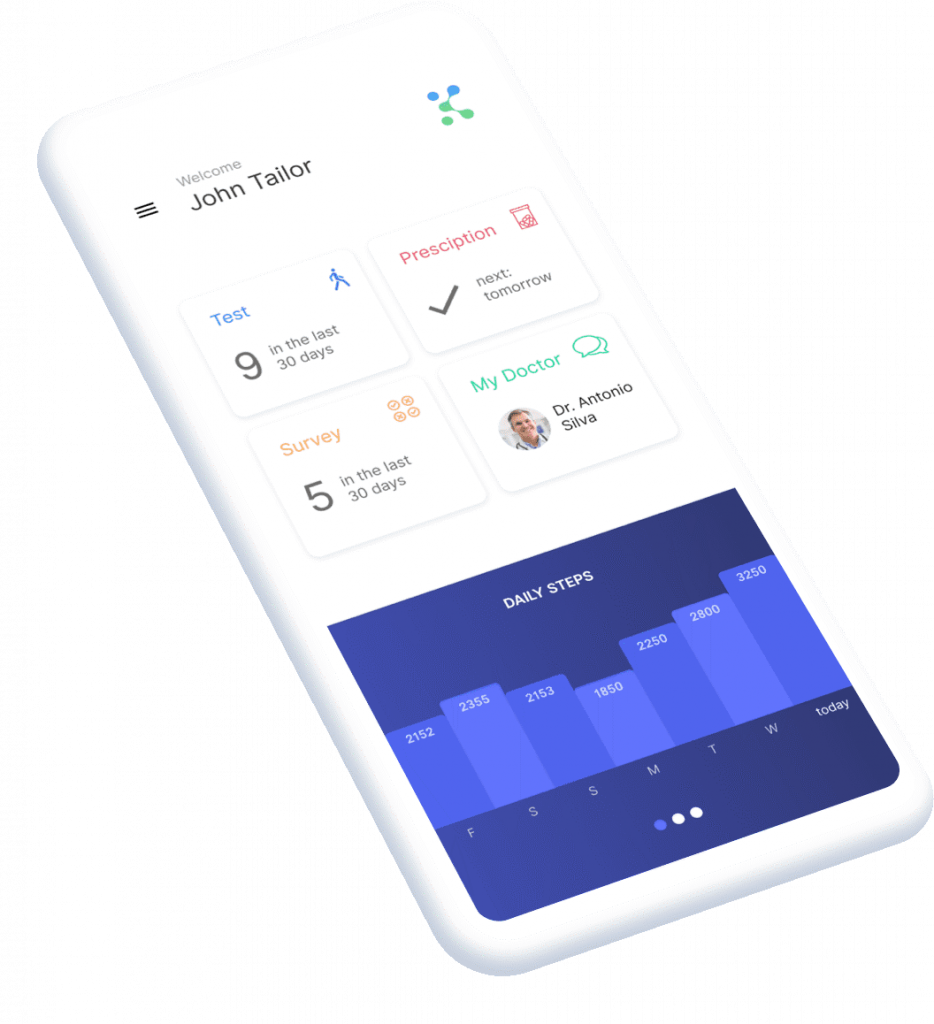
This way, Kinetikos provides the first continuum and integrated solution specifically designed for PD therapy and care, tailored to each stage of the illness, as well as the clinician’s and patient’s needs.
With PDtraKer, Kinetikos accomplished a CE Class I Medical Device certification and published the results in Sensors (MDPI) journal.
The PDtraKer is currently transitioning to medical device class IIa.
So… How is space technology being used to help PD patients?
Kinetikos’ solution was made possible due to the recent advances on the IoT (Internet of Things), space technology and human motion reconstruction.
The Space Connection
The solution makes use of Lifespace. Lifespace is used as a measure of community participation, in order to give an overall indication of the progression and nature of symptoms and impacts of treatment. It measures the geographic space in which a person lives and does their activities, capturing how much they travel and their patterns of movement within the community.
Lifespace’s monitoring demands high accuracy and continuous monitoring of the patient’s position. Therefore, Kinetikos takes advantage of space technology, such as Galileo (Europe’s Global Navigation Satellite System – GNSS), EGNOS (European Geostationary Navigation Overlay Service, the European Satellite Based Augmentation System – SBAS) and the EGNOS Data Access Service (EDAS), specifically SISNet (Signal in Space through the Internet), to map Lifespace in people with PD, both indoor and outdoor.
Positioning information with GNSS technology has become an important part of modern life. Smartphones have a particular advantage as they combine GNSS, communication and inertial components into a single chip, enabling a more cost-effective solution for navigation and lower power consumption.
With Europe’s Galileo, GNSS is capable of enhancing its basic performances thanks to a higher number of available satellites, which is meaningful in urban environments with tall buildings, allowing it to achieve reliable outdoor positioning. The capability to operate in light indoor environments is also a differentiator provided by a specific feature of Galileo.
The COVID-19 ups and downs, and future steps
As it happened around the whole world, the studies made for PDtraKer were also affected and delayed by the COVID-19 pandemic. However, there was a silver lining to it and Kinetikos was able to quantify directly from patients the impact of confinement in the ability to walk.
Interestingly, there was a decrease in the daily walking activity of 44% during the confinement period. This turned out to be the first objective quantification of the COVID-19 impact in the walking activity of PD patients.
Following up the project, Kinetikos has been focusing in the UK market with recent achievements such as:
- Opened a subsidiary in the UK and MHRA registered
- The app has achieved a remarkable 82% score by ORCHA (against 65% standard) and it’s now available on dozens of app libraries, working as forms for doctors to recommend safe apps to patients.


